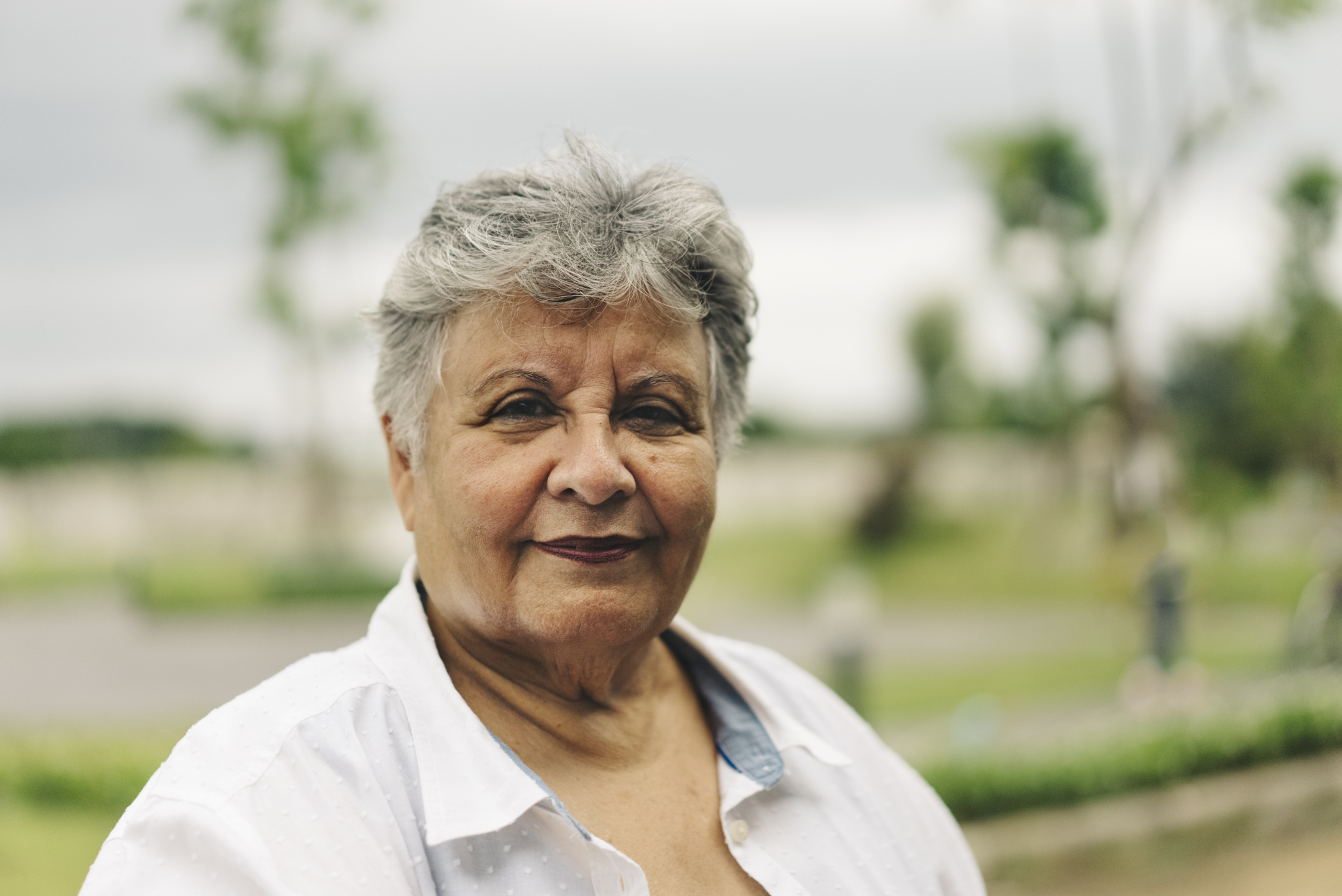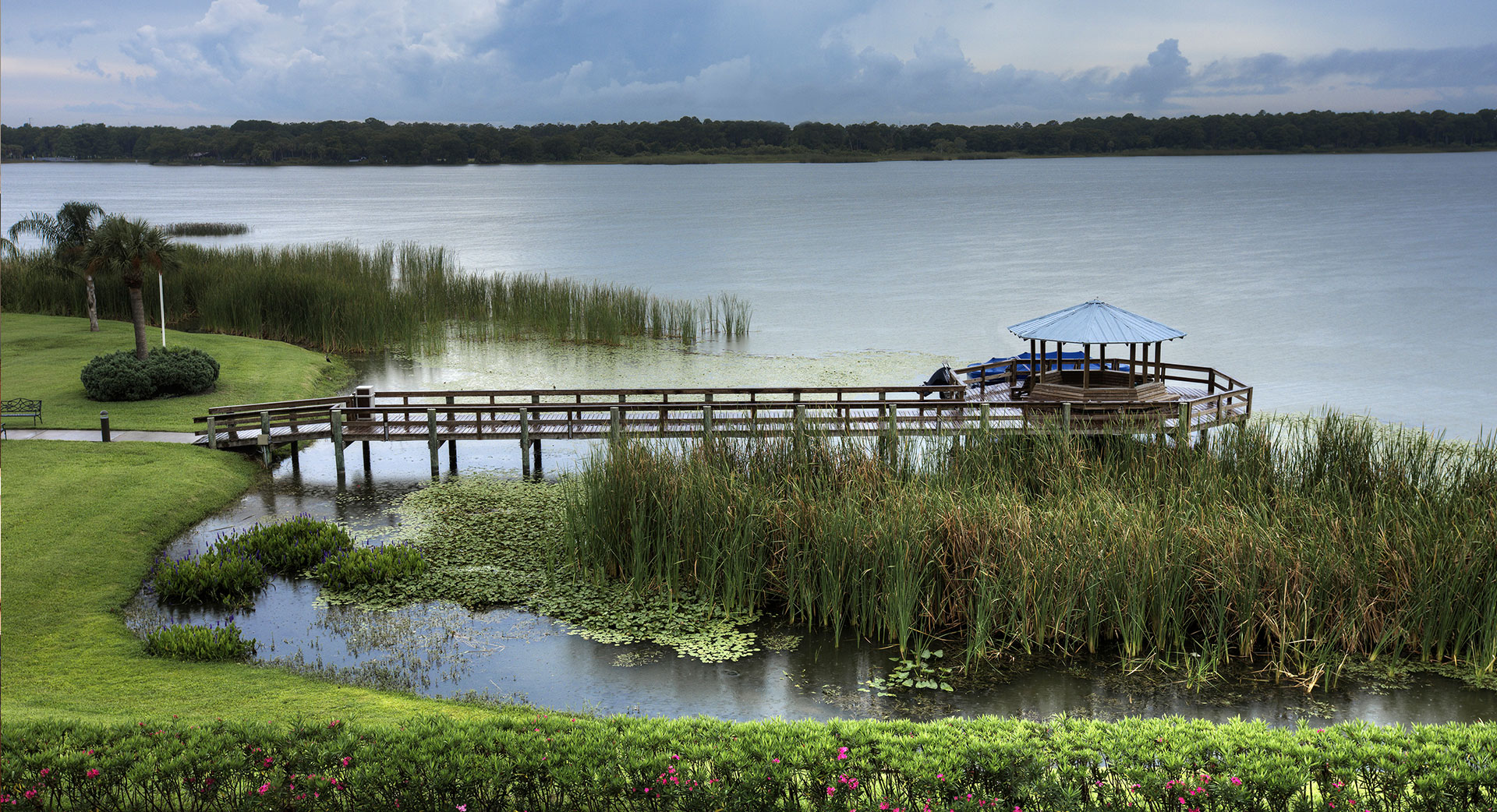How to Write Your Autobiography

Have you ever considered writing your autobiography? Maybe you don’t think you’re famous enough. Or perhaps you don’t think your life is interesting or exciting enough to put it all down on paper. The truth is, writing an autobiography can be a fulfilling endeavor for both you and your family. In fact, writing your story can change your point of view on your life, and can even help you process events and personal experiences that affected the course of your life.
But writing your autobiography can be intimidating, bringing up questions such as: What should I write about? What should I not write about? How should I structure it? How do I get started? In this article, we’ll touch on those questions and more so that by the end, you’ll hopefully feel more comfortable with how to write an autobiography and have a good idea of where to begin. Let’s get started.
Why write an autobiography?
There are several reasons you might want to write your autobiography. Perhaps you just like to write. Maybe you have questions about your childhood and writing your autobiography will help you research your past and fill in the gaps. Or maybe you want to preserve your life story for future generations. No matter the reason, there’s little doubt that writing your story will be a rewarding and fulfilling experience for you and your readers.Memoir vs. autobiography. What’s the difference?
Next, let’s clear up a common point of confusion – the difference between an autobiography and a memoir. In short, an autobiography is meant to cover the author’s entire life, starting from his or her childhood days to the time just before writing begins. A memoir, on the other hand, seeks to tell of specific memories, events or aspects of the author’s life. Other important differences between an autobiography and a memoir:Scope
Autobiography: Encompasses an author’s entire life, including historical details like date of birth and any significant events that may have happened in early childhood before the author was aware of them. Memoir: Focuses on a particular period of time or set of events in the author’s life.Structure
Autobiography: Tends to be written chronologically. Memoir: May begin at any point in the author’s life and take the reader forward or back in time, as necessary.Content
Autobiography: Contains documented facts, specific dates, and detailed information. Memoir: Tends to read more like a story with a more personal approach and presentation.Purpose
Autobiography: To document historical details and specific events of the author’s life. Memoir: To communicate underlying themes or emotional revelations through perspective rather than facts.How do I get started?
If you’ve thought through your reasons to write your story and whether you want to write an autobiography or a memoir, the only question left is how to get started. Here are nine tips for writing your autobiography.Get familiar with the genre
Reading autobiographies will help you get a feel for how they’re written. Some of the most popular autobiographies include those of Benjamin Franklin, Katharine Hepburn, Maya Angelou, Nelson Mandela and Billy Graham. Choose a person or category of people (historical figures, celebrities, sports icons, etc.) that inspires you, and read several examples. This will help you find the style that best fits your own story.Consider your audience
Knowing who will read your autobiography will help you structure and communicate your story. Writing for family members requires less detail than writing to the general public, since many settings and people will be familiar to your readers. Plus, providing your own memories and details about events can give family members a perspective they’re not familiar with, and may even help bring resolution to family disputes and misunderstandings.Brainstorm your memories
Take some time to think about your life and piece together significant events and entertaining stories. Ideas to help you remember include:- Look through family photos.
- Talk with your parents, grandparents, siblings and old friends.
- Look through diaries, journals, letters, calendars and emails.
- Preschool days
- Elementary school and high school years
- College or university
- Special events
- Romance life / courtship / marriage
- Career
- Retirement years
- Your family history
- Friends and loved ones
- Vacations
- Places you’ve lived
- Favorite foods and recipes
- Holiday traditions
- Accomplishments and awards achieved




